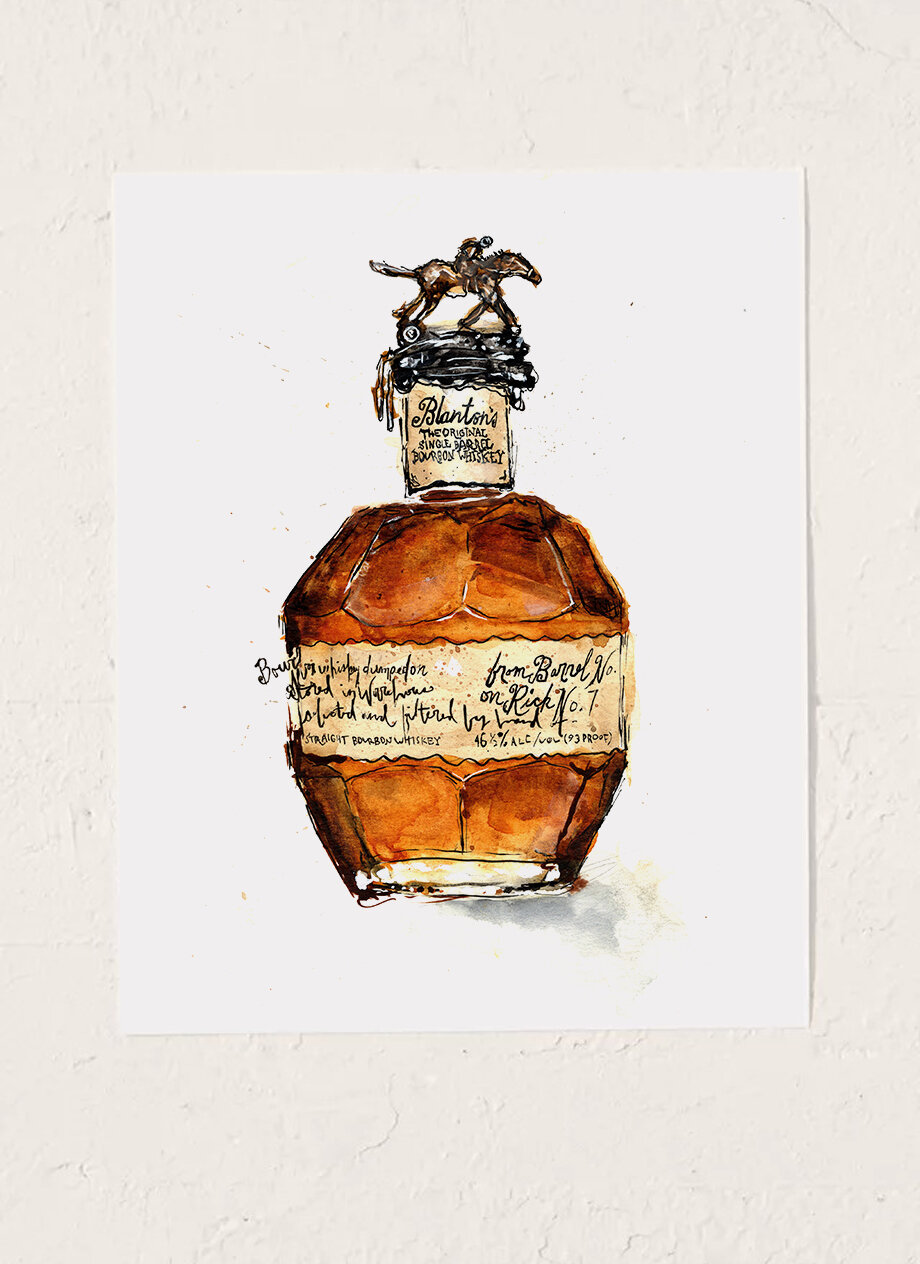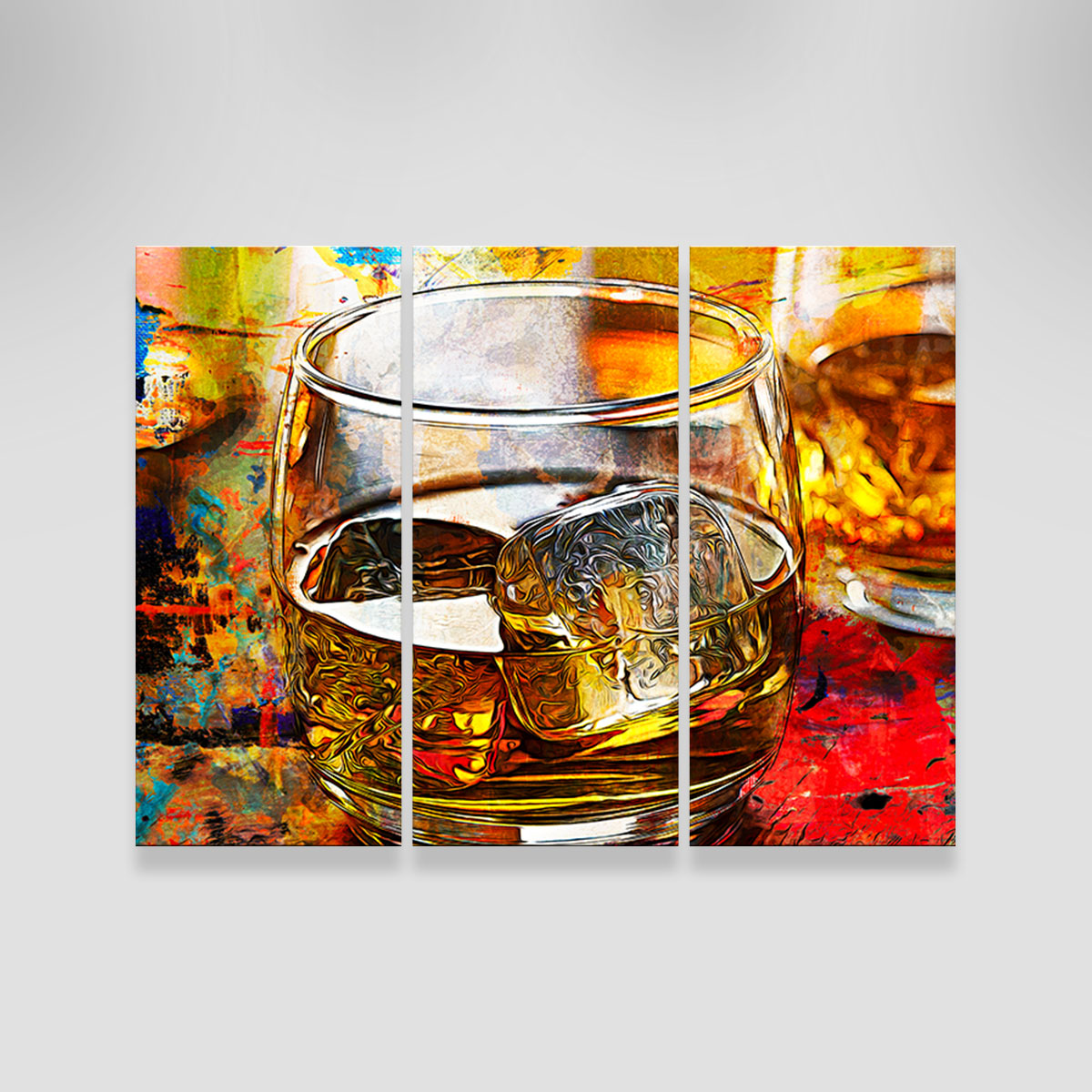Introducing the Appeal of Bourbon Art: A Tribute to Craft Distillers
Introducing the Appeal of Bourbon Art: A Tribute to Craft Distillers
Blog Article
The Relevance of Whiskey Art in Celebrating Heritage and Craftsmanship in the Beverage Sector
The elaborate connection in between scotch art and the celebration of heritage and workmanship within the beverage market can not be overemphasized. Via attentively designed tags and bottles, bourbon brands envelop their historical roots and the artisanal abilities that define their manufacturing methods.
The Historic Roots of Whiskey
At the heart of whiskey's appeal exists a rich tapestry of historic origins that trace back to ancient people. The origins of scotch can be linked to the purification methods of the Sumerians and Babylonians around 2000 BCE, where very early forms of fermented grain drinks started to emerge. Nevertheless, it remained in the Middle Ages that the art of purification evolved dramatically, particularly in Ireland and Scotland, causing the creation of scotch as we recognize it today.
The term "whiskey" itself obtains from the Gaelic word "uisce beatha," suggesting "water of life." This phrase underscores the cultural relevance of bourbon in Celtic societies, where it was typically connected with routines, celebrations, and communal bonding. By the 15th century, distillation ended up being an acknowledged craft within reclusive areas, leading the way for the establishment of legal distilleries.
As trade routes expanded, whiskey's popularity grew, going beyond local limits and recording the passion of aficionados worldwide. Bourbon Art. This historical trip reflects not only the craftsmanship behind whiskey production however likewise its important function in social and social contexts, marking it as a considerable drink throughout background
Artistic Expression in Branding
Scotch branding stands as an engaging crossway of virtuosity and business, where aesthetic identification plays an essential function in shaping consumer perception. The appearances of whiskey tags, product packaging, and advertising materials show not only the brand's story but also its core values and heritage. With creative expression, distilleries communicate a narrative that reverberates with consumers, evoking emotions and sparking links.
Using shade, typography, and images in branding serves to differentiate items in a saturated market. Traditional concepts may stimulate a feeling of authenticity and workmanship, while modern styles can symbolize advancement and forward-thinking. This critical imaginative direction improves brand recognition and loyalty, permitting consumers to build a personal connection with the whiskey they select.
In addition, artistic expression in branding commonly serves as an event of local heritage. Distilleries frequently integrate regional icons or historical recommendations right into their designs, creating a sense of area that welcomes consumers to take part in a broader social experience. Ultimately, the artistry behind scotch branding not just boosts aesthetic appeal but likewise enhances the total story of the brand name, fostering a deeper gratitude for the craftsmanship and heritage ingrained in each container.
Workmanship in Container Layout
The virtuosity evident in whiskey branding extends beyond visual identity to include the craftsmanship associated with container style. Each container functions as a vessel not just for the spirit within, however likewise for the story it outlines its tradition, origin, and quality. The style process try this site requires meticulous attention to information, as components such as material, form, and closure add significantly to the total assumption of the scotch.
Craftsmanship in bottle layout includes selecting top quality glass that can enhance the bourbon's shade and clarity, while additionally supplying a tactile experience for the consumer. The shape of the bottle must be both aesthetically enticing and practical, frequently reflecting the heritage of the brand name. Numerous distilleries opt for one-of-a-kind forms or embossed logo designs that evoke a feeling of authenticity and background.
Additionally, the label layout and typography play a vital function in connecting the brand's story. Limited Edition. A well-crafted bottle not just captivates the customer's eye but additionally reinforces the brand name's dedication to quality and practice. In this method, the workmanship of bottle design becomes an essential element of the whiskey experience, merging creativity with an extensive respect for heritage
Social Relevance of Scotch Art
Celebrating custom and workmanship, the social importance of whiskey art goes beyond simple looks, intertwining with the social and historical stories of the regions from which it originates. Each bottle offers as a canvas, showing the distinct tales, mythology, and traditions that have shaped neighborhood whiskey-making techniques. The elaborate styles usually reflect the heritage of the distillers, integrating signs and concepts that reverberate with the culture and worths of their neighborhoods.
On top of that, scotch art plays an essential function in public gatherings and events, acting as a concrete web link in between people see this website and their shared experiences. By valuing the virtuosity in whiskey packaging, customers grow a deeper understanding and regard for the craft, inevitably enriching their pleasure of the drink itself.
Modern Trends in Whiskey Presentation
Over the last few years, the discussion of whiskey has progressed to mirror contemporary tastes and patterns while still recognizing traditional craftsmanship - Limited Edition. Distilleries are increasingly concentrating on aesthetic aspects that boost the total drinking experience, bridging the gap between heritage and modernity
Ingenious container layouts have actually arised, often incorporating sustainable materials and creative tags that inform engaging tales. Several brand names currently team up with local musicians, infusing their products with distinct visual expressions that resonate with consumers. Additionally, limited-edition releases are frequently packaged in collectible containers, adding value and appeal for connoisseurs.

Conclusion
In final thought, bourbon art functions as an important channel for sharing the heritage and craftsmanship integral in the beverage market. With intricate branding, ingenious container layouts, and culturally considerable imaginative components, scotch brands effectively recognize their practices and get in touch with consumers. This artistic story not only raises the gratitude of scotch yet likewise reinforces neighborhood identification and satisfaction among manufacturers. Ultimately, whiskey art plays a vital role in preserving and commemorating check over here the abundant cultural tapestry of whiskey-making.


Workmanship in container design includes choosing high-grade glass that can improve the scotch's shade and clearness, while likewise providing a responsive experience for the consumer. In this means, the workmanship of bottle layout comes to be an important facet of the scotch experience, merging virtuosity with a profound respect for heritage.
In verdict, bourbon art serves as an essential channel for expressing the heritage and craftsmanship inherent in the beverage market.
Report this page